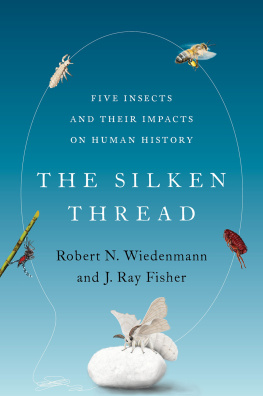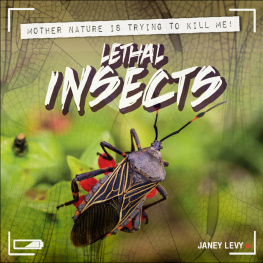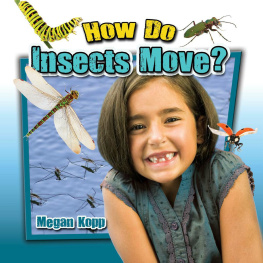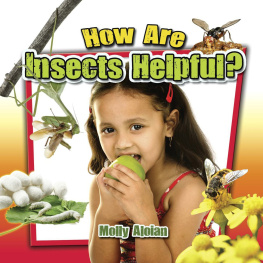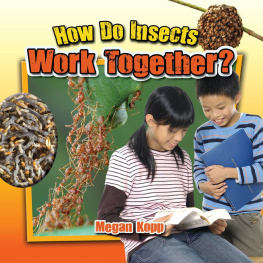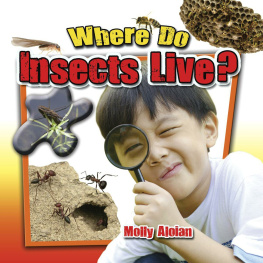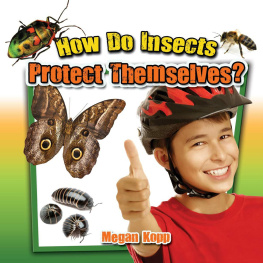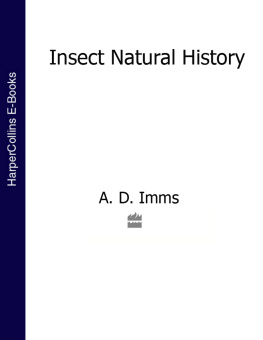The Silken Thread

Oxford University Press is a department of the University of Oxford. It furthers the Universitys objective of excellence in research, scholarship, and education by publishing worldwide. Oxford is a registered trade mark of Oxford University Press in the UK and certain other countries.
Published in the United States of America by Oxford University Press
198 Madison Avenue, New York, NY 10016, United States of America.
Oxford University Press 2021
All rights reserved. No part of this publication may be reproduced, stored in a retrieval system, or transmitted, in any form or by any means, without the prior permission in writing of Oxford University Press, or as expressly permitted by law, by license, or under terms agreed with the appropriate reproduction rights organization. Inquiries concerning reproduction outside the scope of the above should be sent to the Rights Department, Oxford University Press, at the address above.
You must not circulate this work in any other form and you must impose this same condition on any acquirer.
Library of Congress Cataloging-in-Publication Data
Names: Wiedenmann, R. N., author.
Title: The silken thread : five insects and their impacts on human history /
by Robert N. Wiedenmann and J. Ray Fisher.
Description: New York : Oxford University Press, [2021] |
Includes bibliographical references and index.
Identifiers: LCCN 2021023160 (print) | LCCN 2021023161 (ebook) |
ISBN 9780197555583 (hardback) | ISBN 9780197555606 (epub)
Subjects: LCSH: InsectsHistory. | Silk RoadHistory. |
SilkwormsHistory. | Insect pestsHistory. | Insects as carriers of
diseaseHistory. | Insects as carriers of plant diseaseHistory.
Classification: LCC QL462.5 .W54 2021 (print) |
LCC QL462.5 (ebook) | DDC 595.709dc23
LC record available at https://lccn.loc.gov/2021023160
LC ebook record available at https://lccn.loc.gov/2021023161
DOI: 10.1093/oso/9780197555583.001.0001
We dedicate this book to our children and grandson: Ivy Fisher, Max Fisher, Trevor Simmons, Connor Simmons, Emily Wiedenmann Keane, and Neal Wiedenmann. May you always be an inspiration and never lose your wonder of the world around you.
Contents
Zillions
Zillions is the technical term of choice that specialists, like us, use when referring to the awe-inspiring diversity of insects. And yet, if there are zillions, why just five? Why not six or fifty? Or more?
Five Million
With about a million species already known, insects account for more than half of all knownlife. But even conservative estimates suggest there are more than five million insects, including those yet to be discovered (compared with an estimated 500 more mammals yet to be discovered). Five million insects, five million stories. Collectively, those five million stories of success illustrate a different world than you may normally observe. Insects dont just succeed on this planetthey thrive and dominate. Insects do not inhabit our worldwe inhabit theirs. Let us convince you of this, not with the collective weight of five million stories, but with the stories of five. Nay, not even the complete stories of five insects, but only the parts that have dramatically altered aspects of our own stories.
Five Insects
Why five and why these five? We chose these five because of our perception of their impacts; others may disagree with the five we include, but we stand by our choices. As to why five and not eight or ten or thirty? Where do we start and where do we stop? Five insectsthese five allowed us to tell some history and slip in a little entomology without turning you into a bug-nerd.
The task of narrowing the list to five insects that have impacted human history may seem simple. For example, which insect-borne diseases result in the greatest death toll? Easy. Malaria has causedand still causesmillions of infections and hundreds of thousands of deaths each year, so the mosquitos that transmit malaria are an obvious choice, right?

